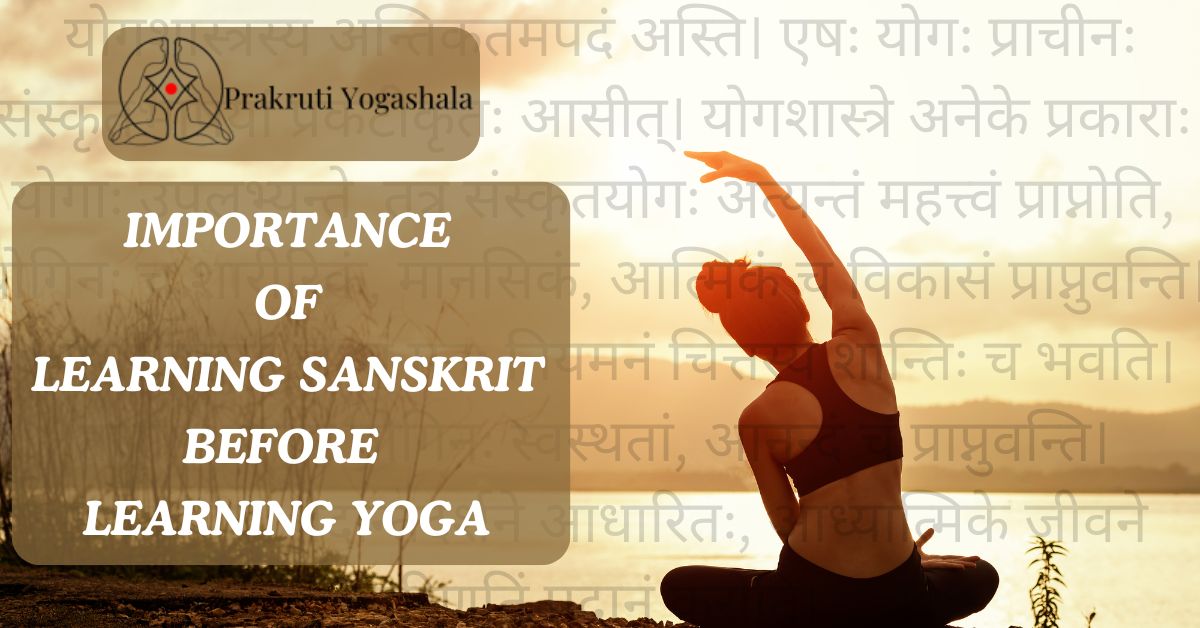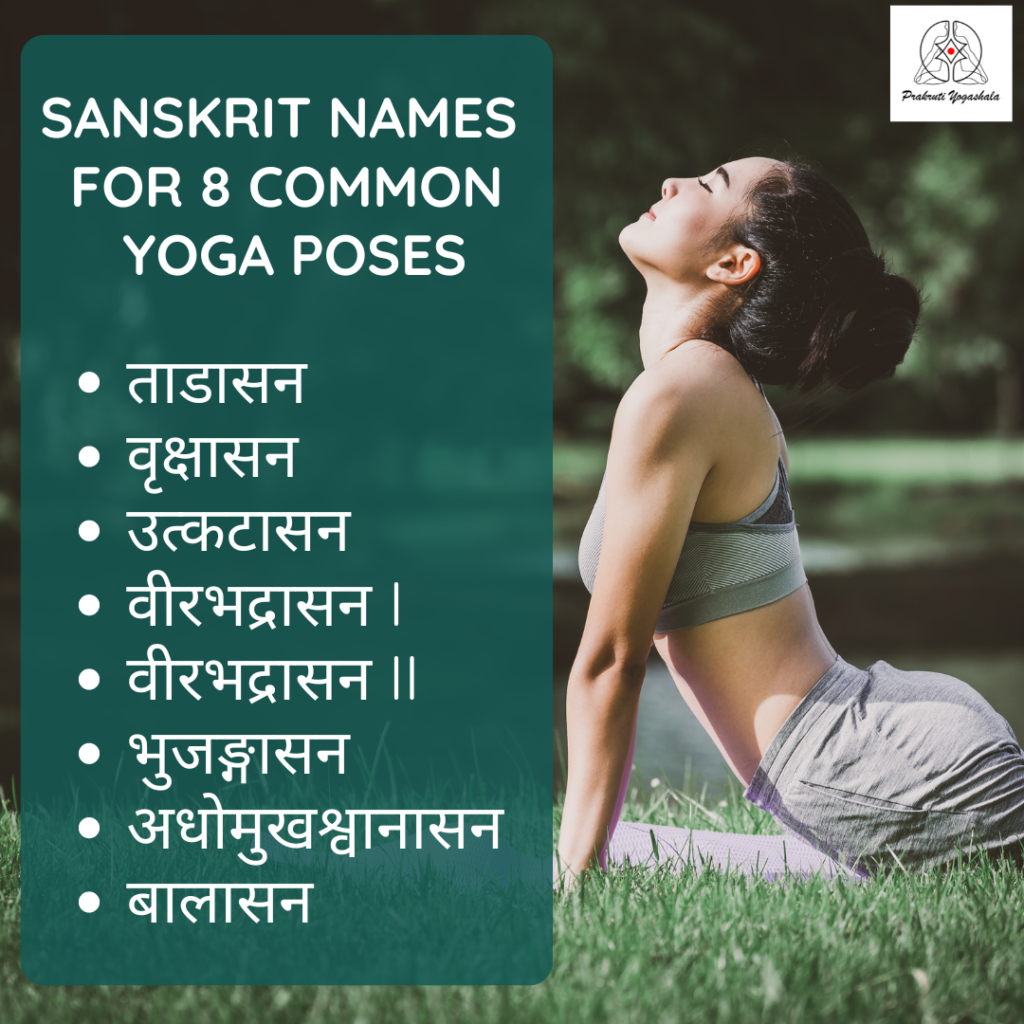
If it is necessary for anything to be thoroughly understood and all essential background information to be obtained, then one should make an effort to gain a complete understanding and collect all necessary information. Yoga has its origin in Sanskrit. Therefore, it is an important part of a teacher’s wide knowledge of Yoga. Studying where it came from and how it has changed is extremely crucial for people who teach Yoga.
Knowing the Sanskrit names for each posture and breathing exercise that you intend to teach is very Beneficial for yoga teachers. When referencing with other Yoga teachers this comes in handy. The Sanskrit names often hold deeper meanings, shedding light on the original intentions behind each posture, technique, or breathing exercise.
Why is Sanskrit Important In Yoga Learning?
India would not be the birthplace of yoga if it were not for Sanskrit. Therefore, yoga will always intertwined with the ancient language. If one wants to study the deeper concepts and philosophies of yoga, one cannot overlook this. Although initially Sanskrit was the language of instruction, later, it translated into several other languages. For the English translation to flow smoothly, teachers need to comprehend these words’ meanings. On the other hand, there may be no need to force students who do not share our enthusiasm.
Sanskrit is a symbolic language with a long history and is appropriately named the Devavani or the language of the gods.
It has an extensive vocabulary full of depth of meaning, not in the everyday blacks and whites but in believers spiritedly. It’s roots are in spirituality, philosophy, and knowledge, which is ancient and goes back to time immemorial. It is through Sanskrit that Indian theology and literature have built on. Therefore it is impossible to talk about yoga without mentioning Sanskrit texts like Yoga Sutras, Bhagavad-Gita, and Hatha Yoga Pradipika due to their unparalleled insights into theoretical frameworks as well as advanced practical aspects of yoga.

Why is Learning Sanskrit Important for Yoga practitioners?
While fluency in Sanskrit isn’t mandatory for teaching yoga, possessing some basic knowledge can significantly enhance your practice. This is similar to how practitioners of martial arts like Thai Kondo, Kung Fu, and Judo learn terminology specific to their disciplines.
Sanskrit infuses yoga with a sense of authenticity. Using Sanskrit words, even for common terms, adds a layer of richness and cultural connection to your instruction. Every word of Sanskrit carries its unique vibration. Chanting mantras or speaking these words during yoga creates a positive and motivating atmosphere for your students.
Consider the simple greeting, “Welcome.” In English, it’s a straightforward word. However, Sanskrit offers the beautiful Su Swasgatam, which translates to “sweet welcome.” This subtle difference exemplifies the power of Sanskrit to elevate the practice and cultivate a positive learning environment.
Why should You Start with Yoga Poses Name?

While there’s no shortcut to mastering Sanskrit, I strongly recommend learning the Sanskrit names of yoga poses. Here’s why:
- Universal Language of Yoga: Unlike English or other languages with varying translations, Sanskrit names remain constant across different yoga schools and teachers. This consistency ensures clear communication and avoids confusion when practicing with diverse instructors.
- Deeper Pose Understanding: Sanskrit names often hold clues about the pose’s purpose. Take Uttanasana, for instance. Translated as “standing forward bend,” it might not reveal much. But dissecting the word unveils its essence: “Uttana” signifies intense, “Tana” means stretching, and “Asana” translates to pose. So, the design of Uttanasana is to provide an intense stretch. Learning Sanskrit empowers you to grasp the core intention behind each pose.
Conclusion
Do not be discouraged by the number of names! Get started. Each day, perhaps master one pose name. Gradually, you will form a strong collection of Sanskrit vocabulary that will increase your practice of yoga and strengthen your connection to this ancient tradition.
